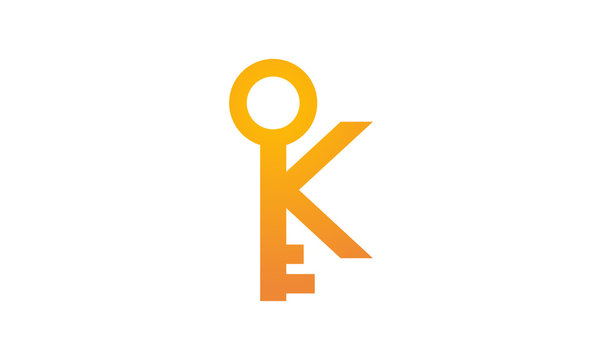Key cutting is an essential and often overlooked service that plays a crucial role in our daily lives. Whether it’s for our homes, offices, or vehicles, keys are the gatekeepers to our personal and professional spaces. Key cutting, the process of creating a duplicate or replacement key, requires precision, skill, and an understanding of various key types and mechanisms.
The Art and Science of Key Cutting: Precision in Every Turn

The Evolution of Key Cutting:
Key cutting has come a long way from its humble beginnings. Historically, keys were often simple, crafted from wood or metal, and their duplication was a straightforward task. However, as lock technology advanced, so did the complexity of keys. Today, with the advent of electronic and smart lock systems, key cutting has become a specialized skill that demands both traditional craftsmanship and modern technological expertise.
Types of Keys:
- Traditional Metal Keys: Traditional keys, made of metals such as brass or nickel silver, are still widely used. Key cutters use a variety of cutting machines to replicate these keys accurately. The process involves copying the unique grooves and notches of the original key onto a blank key.
- Transponder Keys: Modern vehicles often use transponder keys, which have an embedded microchip that communicates with the car’s immobilizer system. Key cutting for transponder keys is a two-step process: cutting the physical key and programming the electronic chip to match the vehicle’s system. Specialized equipment is required for both tasks.
- Tubular Keys: Tubular keys are commonly found in vending machines, bicycle locks, and some types of furniture. These keys have a cylindrical shape and require a specialized tubular key cutting machine to accurately replicate the unique pattern.
- High-Security Keys: Businesses and homes may utilize high-security keys with complex cuts and advanced features to enhance security. Key cutting for high-security keys demands precision equipment and expertise to maintain the integrity of the security system.
The Key Cutting Process:
- Key Duplication: The most common key cutting service is duplication. A customer provides an original key, and a skilled locksmith or key cutter uses specialized machinery to create an identical copy. The accuracy of the duplication process is paramount to ensure the new key functions seamlessly.
- Key Replacement: In cases where a key is lost or damaged beyond repair, key replacement involves crafting a new key from scratch. This process requires more intricate measurements and attention to detail to create a key that fits precisely into the lock.
- Key Programming: For electronic keys, particularly transponder keys, the key cutting process extends to programming the embedded chip. This step ensures that the new key can communicate with the vehicle or electronic lock system effectively.
Key cutting is a blend of traditional craftsmanship and modern technology, providing an invaluable service for both residential and commercial needs. As we continue to witness advancements in lock and key technology, key cutters will play a pivotal role in maintaining our security and access to the spaces we hold dear. From the humble metal key to the sophisticated transponder key, key cutting remains an essential skill that opens doors to the future of security and convenience.
